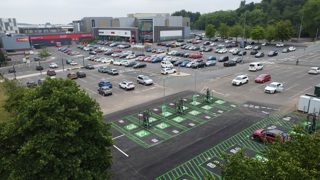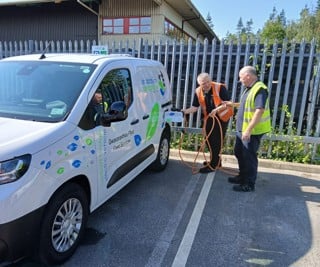Having recently concluded the research for both the Fleet200 and the FN50 contract hire and leasing report, out next month, it was striking to see the similarity of views on the big industry issues.
Of course, Brexit raised its head, but its influence over operational business strategy was largely dismissed. Interest was roused in mobility services, but most saw them as something for the future.
The biggest topic – and challenge – by far was electric vehicles. It’s easy to assume that everyone is planning their EV strategies, given the extensive column inches in this – and other – publications.
But until now, that has not been the case – EVs have not even been on the radar for many companies. This is starting to change, due to a combination of more affordable products, acceptable range and the significant incentive from the 0% BIK rate next year. Underpinning this is the demand for cleaner air, with clean air zones and zero emission zones rapidly coming into existence.
EVs now top the agenda for fleets and the leasing companies. They still have concerns – supply among them – but most companies seem eager to bring them onto fleet as soon as possible for light duty, shorter distance journey profiles.
Antidote to cash takers
Drivers want them, they’re a perfect antidote to the rise in cash takers, the total cost of ownership sums are starting to add up – in short, the positives outweigh the negatives by a considerable margin.
And that’s even before taking into account the massive benefits for local air quality.
The technology is also improving all the time, with significant investment by global OEMs and local start-ups alike in battery cells that will speed up charging times to 15 minutes or less, bring down prices and potentially extend range, although experts are divided on the need to go much further beyond 200-250 miles, which some cars can already achieve.
Most feel that developing longer-range batteries will result in wasted capacity, higher costs, more weight and longer charging times. Given an abundance of charging options – home, work, public – a couple of hundred miles is all the range anyone will need.
This might require a change in mind-set from ‘empty-full’ fuelling to ‘little and often’, but we already have this culture with mobile phones. Their thinking seems to make sense.




















Login to comment
Comments
No comments have been made yet.